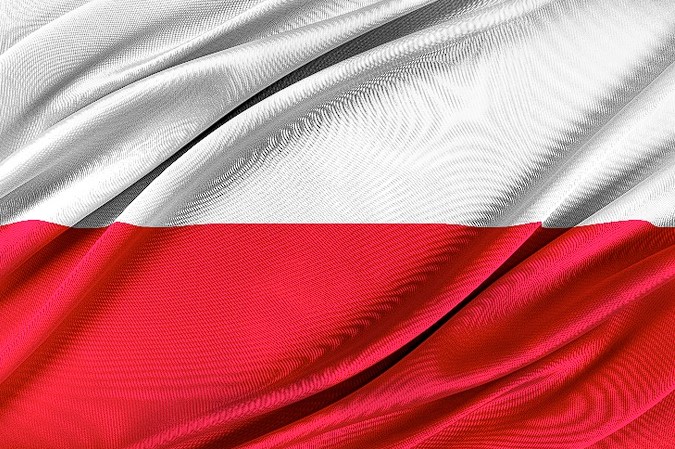Empowering Global Connections: A January Reflection on Language Services Milestones
A New Chapter in Linguistic Unity
As January ushers in the new year with promises of renewal and growth, American Language Services continues to build bridges of understanding across the globe. This month, while we embrace new opportunities and challenges, we reflect on the milestones achieved and set our sights on further enriching our linguistic endeavors. With the freshness of the year ahead, we are reminded of our ongoing commitment to delivering exceptional language services that foster communication, understanding, and unity. Join us in celebrating our strides in January and the exciting paths we are paving for the future.
Strengthening Global Education with Language Solutions
January has been a significant month for American Language Services in education, where our language expertise has facilitated impactful learning experiences worldwide. We provided over 410 hours of ASL interpreting across various educational settings, ensuring accessibility and inclusivity for all students. Translation projects were equally robust, with over 400,000 source words translated into French, Pashto, Vietnamese, Korean, and Portuguese, supporting academic institutions in their quest to provide globally accessible knowledge. These efforts enhanced the educational outcomes for numerous learners and solidified our role in promoting international educational collaboration.
Advancing Global Health Communication
This January, our commitment to the healthcare sector was underscored by extensive interpreting and translation services tailored to meet its unique and critical demands. With over 1,000 hours of interpreting services, including in high-demand languages like Spanish, ASL, Mandarin, Thai, Japanese, Arabic, and Portuguese, we ensured that healthcare institutions could deliver vital services without language barriers. Our work supported various medical needs, from routine care to complex medical device instructions, improving patient outcomes and healthcare efficiency worldwide.
Supporting Justice with Precision in Language
In the legal field, January saw American Language Services excel in providing indispensable language support that underpinned the administration of justice. Our expert linguists delivered crucial interpreting and translation services in over a dozen languages, including less commonly spoken ones like Tagalog and Farsi, enhancing the legal process in courts and mediation settings. Ensuring precise and confidential communication, we upheld our commitment to justice and fairness, empowering clients and legal professionals.
Bridging Communications in Governance
In January, our efforts within the governmental sector have been pivotal in promoting transparent and inclusive communication. American Language Services was critical in translating public health guidelines, immigration documents, and other governmental communications into multiple languages, including Vietnamese and Swahili. By facilitating a more precise understanding between government entities and the public, we helped ensure that essential services and information were accessible to all, supporting democratic engagement and public welfare.
Localizing Entertainment for Global Audiences
January also highlighted our dynamic role in the entertainment industry, where we provided localization services that included subtitling and voice-overs for diverse media content. Working with major film and television studios, we helped adapt various entertainment products for global consumption in languages such as Spanish, Korean, and Hindi. Our efforts ensured that audiences worldwide could enjoy content with the cultural and linguistic nuance preserved, strengthening the global outreach of our entertainment partners.
The Polish language is rich in history and complexity.
Here are 10 interesting facts about Polish:

Slavic Roots: Polish is a West Slavic language, closely related to Czech and Slovak, and part of the more prominent Indo-European language family.
Conservative Phonology: Polish has preserved the nasal sounds lost in most other Slavic languages, evidenced in words like “są” (are) and “się” (oneself.)
Complex Grammar: Polish grammar is known for its complexity. It features seven cases for nouns, pronouns, and adjectives (nominative, accusative, genitive, dative, instrumental, locative, and vocative.)
Rich Vowel Sounds: Polish has a relatively large number of vowel sounds due to its two nasal vowels, which can be challenging for learners.
Consonant Clusters: Polish allows for complex consonant clusters, which can be challenging to pronounce. Examples include “źdźbło” (blade of grass) and “bezwzględny” (ruthless).
Gendered Language: Polish has three genders: masculine, feminine, and neutral. Each gender affects verb forms and adjective agreement.
Fixed Stress: The stress in Polish words is usually fixed on the penultimate (second to last) syllable, which is more straightforward than the stress rules in some other Slavic languages.

Unique Dialects: Polish has several regional dialects, although standard Polish, based on the Warsaw dialect, is taught in schools and used in media.
Influence on Other Languages: Polish has borrowed words from many languages including Czech, German, French, and Italian. It has also contributed words to other languages, particularly neighboring Slavic languages.
Orthography: Polish uses a modified Latin alphabet, enriched with diacritics and additional letters like ł, ą, ę, ś, ć, ż, ź, which correspond to specific Polish phonetic values.
AML-Global stands the test of time in providing translation, interpretation, transcription and media services to private industry, government at all levels, educational and non-profit organizations. Our thousands of linguists around the world and teams of dedicated professionals are ready to serve.
Call Us Now: 1-800-951-5020, email us at translation@alsglobal.net For further information, visit our website https://www.alsglobal.net or for a quote go to http://alsglobal.net/quick-quote.php and we will respond promptly.
























